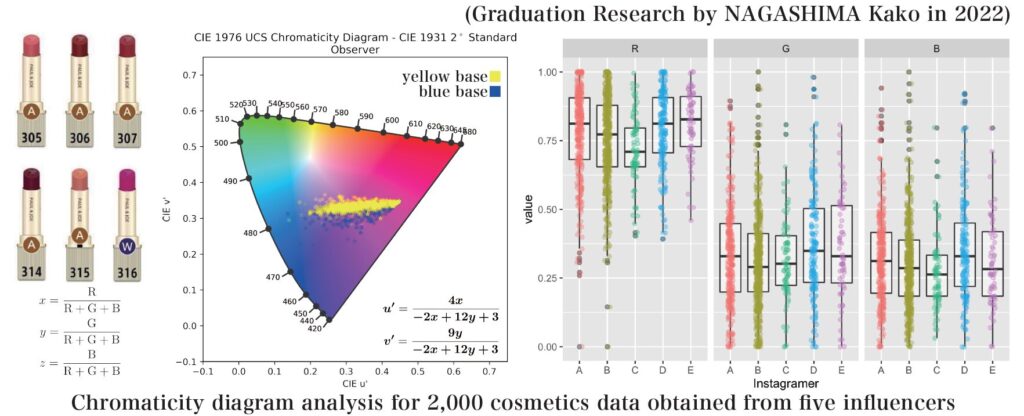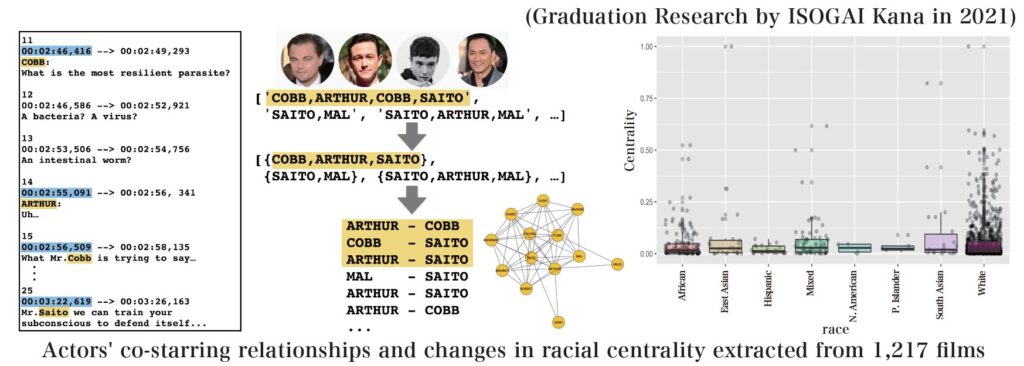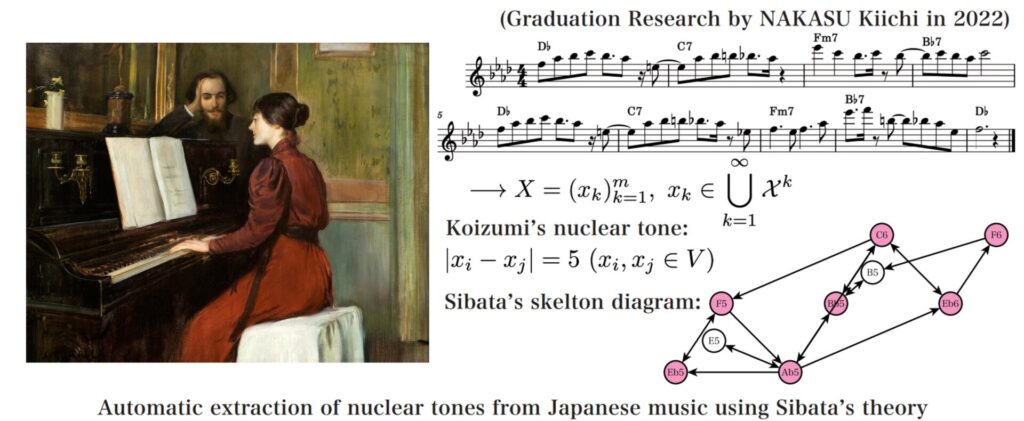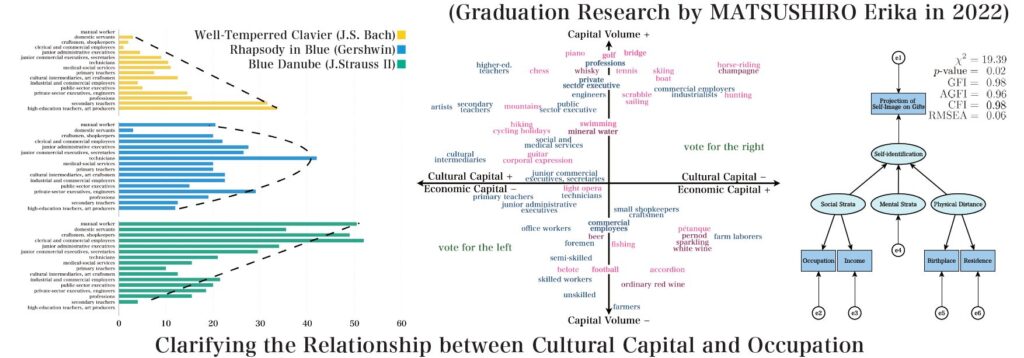We delve into the intricacies of cultural phenomena, products of human creativity and sensibility, striving to elucidate the complex tapestry of expressions and meanings that characterize our shared human experience. We utilize an integrated approach, harnessing nessing the analytical power of digital technology in conjunction with traditional humanities research methodologies. Our focus ranges from analyzing pat terns in traditional music, narratives, and the impacts of cultural capital, to understanding gender roles, the cultural implications of esports, and the societal and personal expression through makeup. Through quantitative and qualitative studies, we aim to spotlight the multifaceted interconnections between these cultural phenomena and our evolving societal landscape. By illuminating these aspects, we aspire to foster a deeper understanding of our diverse cultural heritage and its dynamic role in shaping individual identities and collective consciousness.
Make-up
Make-up is a simultaneously reflects social and cultural elements. We conduct research to capture the flow of culture by quantitatively analyzing trends and patterns in make-up and how they have changed over time. Specifically, titatively evaluate make-up we quan styles through image analysis and understand how they are influenced by time, tim region, and social factors. This research reveals how make-up is involved in the formation of personal identity and cultural expression.

Narratology
Narratives not only express human experiences and emotions but also reflect significant aspects of culture. We conduct research that quantitatively analyzes narrative elements to reveal how narratives are formed and understood. This includes the interactions of characters, patterns of story development, and the frequency of themes and motifs. Through these studies, we gain a deeper understanding of how narratives create and convey cultural meaning.

Traditional Music
Traditional music is an important element that vividly depicts the culture and history of a place. We aim to deepen our understanding by analyzing the unique patterns and structures of traditional music through quantitative research. This involves a multifaceted approach that starts with waveform analysis and includes the study of melodic patterns, rhythm, and instrument usage. Such an approach helps us reveal how traditional music influences and reflects regional culture and history.

Cultural Capital
“Cultural capital” refers to non-material resources such as knowledge, skills, and education, which have a significant influence on individual status and values. We conduct research analyzing how cultural capital of individuals and communities is formed, and how these differences impact social outcomes. Specifically, we investigate and analyze multiple aspects related to the formation of cultural capital, such as educational outcomes, occupational status, and patterns of media use. Through these studies, we gain a deeper understanding of how cultural capital contributes to social disparities and how these disparities can be overcome.


